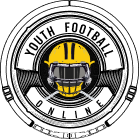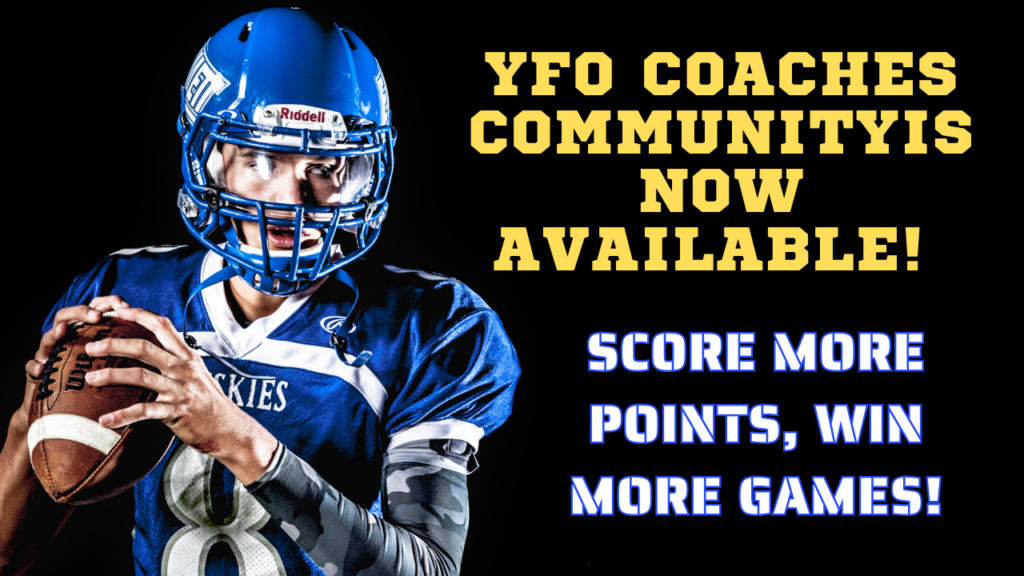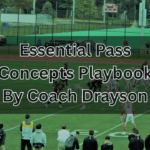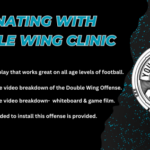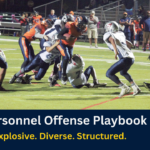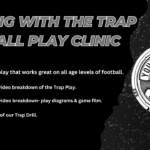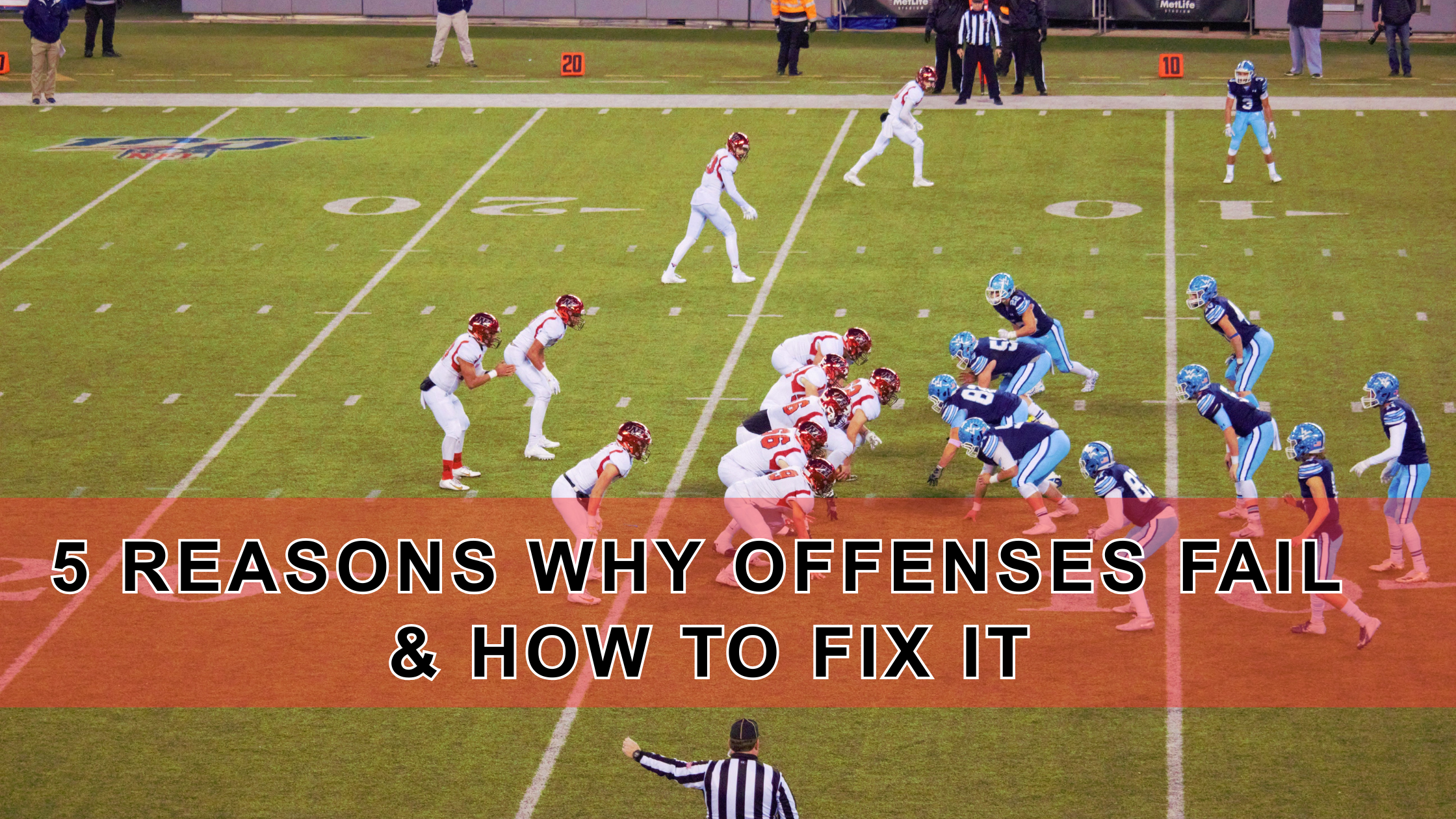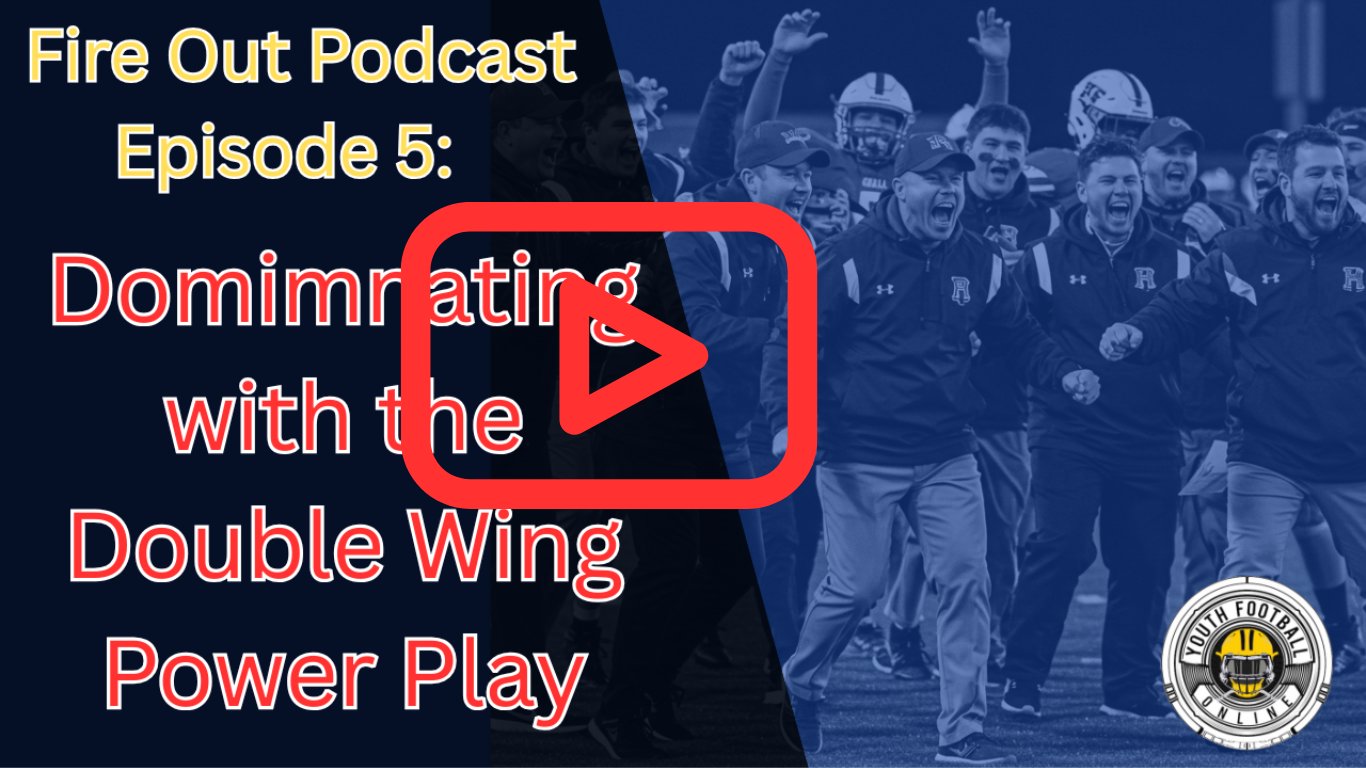Teaching the QB to Audible in the Option Offense
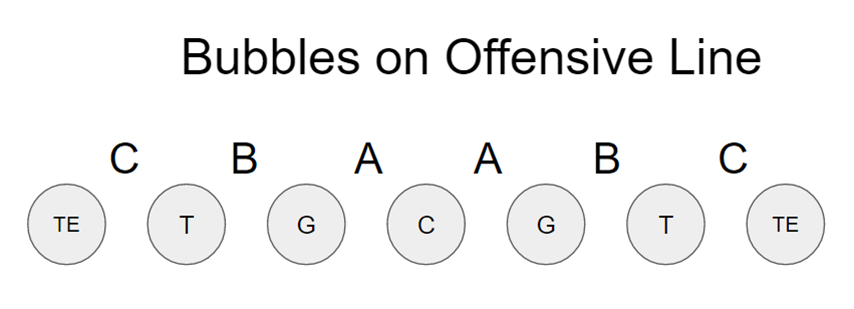
One of the most frustrating parts of calling plays is trying to guess what the defense will line up in and then picking a play to counter that alignment. Coaches at all levels struggle to determine where the defense will line up. Even a coach who has successfully scouted out the defense and determined how they call their strength can be thrown for a loop if the kids on defense lineup in the wrong spot. It’s for this reason that it’s so critical to teach Quarterbacks how to audible in the option offense so that the offense is always running the ball into the look they want.
Teaching the QB to Audible in the Option Offense
To best teach Quarterbacks what they are looking for each play you have to first start with a system to teach Quarterbacks how to identify defensive looks. Once they know how to identify defensive looks they can learn which plays are better vs each look. Without this understanding Quarterbacks will be guessing and not able to deal with the variety of different looks defenses can come out in.
I have always taught Quarterbacks to identify the defensive line look based on the system of bubbles. With this system every gap has a letter. The gap between Center and Guard is the A Bubble, the gap between the Guard and Tackle is the B Bubble, the Gap between the Tackle and the Wing or Tight End is the C Bubble, the Gap between the Tight End (if there is one in the formation) and the Wing is the D Bubble and the E Bubble is out towards the sideline.
When I talk to the Quarterback about defensive linemen we refer to them by what bubble they are lined up in. Many offensive line coaches use numbers to do the same thing. In my experience this is too much information for young Quarterbacks to deal with. In addition, while the difference in alignment between a shade nose and a 1 tech might be a big deal for the line, I’ve found that the Quarterback doesn’t need that much detail. Instead a Quarterback is much better served by knowing what gap the defensive linemen will be lined up in and then taking the time to determine the best play for the offense to be in.
As a general rule I tell QBs that we do not want to run a play where the ball carrier’s path goes directly into a defensive linemen. This means that when we run Midline we want to run the play at an open A Bubble while Inside Veer is best run at an open B Bubble and Outside Veer and Speed/Load Option are best to an open C Bubble. What we will normally do is tell the Quarterback to call the play but to check the bubbles. As he comes to the line he ensures that we will be running the play to an open bubble. If the bubble is closed on one side he can call “riverside” which will switch the play to the opposite side.
The other option we have is to call Option Right or Left. As the QB comes to the line he is going to check to see where the open bubble is and call the play that corresponds to the open bubble. Where he starts depends on the strengths of your offense. Many times QB’s will be told to start by checking the B gap. If the B Bubble is open he will call for Inside Veer. If the B Bubble is closed he should automatically look to the A gap. If there is an open A Bubble then he should call for Midline. If the A gap is closed he should look to the C Bubble. If the C Bubble is open he will call for Outside Veer (if the Quarterback is a more dynamic runner the other call to an open C Bubble is Speed Option).
(See Also) Bubble Screen Play
While the looks that you want to run certain plays at can vary the most important part of this is to create a system to teach Quarterbacks how to read defenses. When talking to Quarterbacks I tell them to imagine they are playing NCAA Football and hit the trigger to see where the play is going. If the Fullback’s path is heading into a defender we want to switch sides. From there it’s important to have a systematic flow that guides the Quarterback through his decision making.
I am a total believer in giving the Quarterback the power to audible out of a bad play because I think it makes the team more dynamic. While it’s great to give him that power, as a Coach it’s important to give him the tools and a framework of how to use it. In this system it is absolutely critical that the QB has confidence that you as a Coach will back him up and support his decision making. The framework I have always used is to tell the QB that as long as he has a reason for audibling into a play he will never be wrong.
With that being said you have to acknowledge that there will be times that the QB makes the incorrect choice. It’s important to backup your QB when he makes a wrong choice. Many coaches will jump on a QB who makes a wrong choice and abandon the audible system. Instead it’s important to dive into why he made the call he did, and then explain to him why another choice may have been better. By creating a dialogue of asking him why he made a choice you make him aware of his own mental processes. The effect of this is to have a Quarterback who can analyze a situation in the same way the Coaches are looking at it.
Giving the Quarterback the power to audible the play is one of the scariest things for a coordinator to do. You are essentially taking your hands off and removing your direct control over the play calls. While this can be a terrifying moment, if you give your Quarterback a path and decision making tree to follow you will give your offense the ability to get out of a bad play.
(See Also) Optioning the 3-5-3 Stack Defense
(See Also) Wrist Coaches for Play Calling
